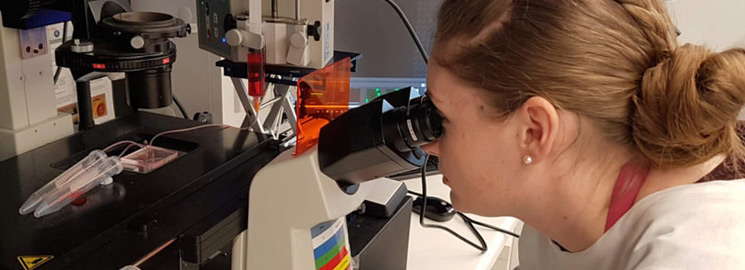Using breath and body odor to help diagnose disease might come as a surprise to some but people have known for thousands of years that our smells and the odor that we emit can be related to our health status. In both ancient Chinese and Greek medical texts there are references to training their doctors by determining the body odor of a patient as it is commonly known that certain odors are associated with specific illnesses. What could this smelly knowledge mean for patients and how does this relate to technology?
It seems as if each of us has a unique “odorprint” made up of thousands of organic compounds. These molecules offer a whiff of who we are, revealing age, genetics, lifestyle, hometown — even metabolic processes that underlie our health.
Modern medical research, too, confirms that the smell of someone’s skin, breath and bodily fluids can be suggestive of illness. But not every physician’s nose is a precision instrument, and dogs, while adept at sniffing out cancer, often get distracted. So researchers have been trying for decades to figure out how to build an inexpensive odor sensor device for quick, reliable and noninvasive diagnoses and it looks as if this field finally seems on the cusp of succeeding.
Over the last several decades, researchers have been cataloguing thousands of different odour compounds to help standardize various smells. As such, researchers are working on portable and mobile detection methods in the form of sensors that can go directly into a patient’s’ hands.
In one experiment, researchers designed a sensor made like a silicon chip stacked with various metal layers and tiny gold electrodes. While it looks like a miniaturized mobile phone’s SIM card that is very small, it works like a chemical filter whereby the molecules in an odor sample are first ionized — given a charge — and then an electric current is used to move only chemicals of diagnostic interest through the channels etched in the chip, where they can be detected. And in many cases, you can program what you want the chip to sniff out just by changing the software program.
In another experiment, researchers designed a breathalyzer type device that can identify 17 different diseases, including two types of Parkinson’s disease, Crohn’s, multiple sclerosis, kidney disease, and various cancers.
With this experiment, researchers identified more than 100 other chemical compounds exhaled in each breath, 13 of which were associated with certain diseases. The device includes an “artificially intelligent” nanoarray which analyzes the chemicals to assess what levels seem healthy, not just relying on one simple definition of levels that are “too high” or “too low.” When concentrations of these chemicals differ from what’s expected to be “normal,” it’s an indication that something is wrong.
It looks as if in the next 3-5 years some of these commercial interests that are starting to pop up will have their first products come out on the market. I think this type of technology is going to pave the way for doctors and patients to start thinking about truly non-invasive diagnostics like breath monitors or mobile programmable skin sensors. At some point in the future you won’t have to take a blood sample or go to the hospital or doctor’s office to get a lifesaving diagnosis since your mobile device in conjunction with your skin implant or breathalyzer might be just as reliable.
In addition, with artificial intelligence, the machine becomes better at diagnosing with each exposure. Rather than detecting specific molecules that suggest disease, however, Artificial Intelligence-based machines might be able to sniffs out the overall chemical stew that makes up an odor to help diagnose early stages of a disease.


Leave a Reply